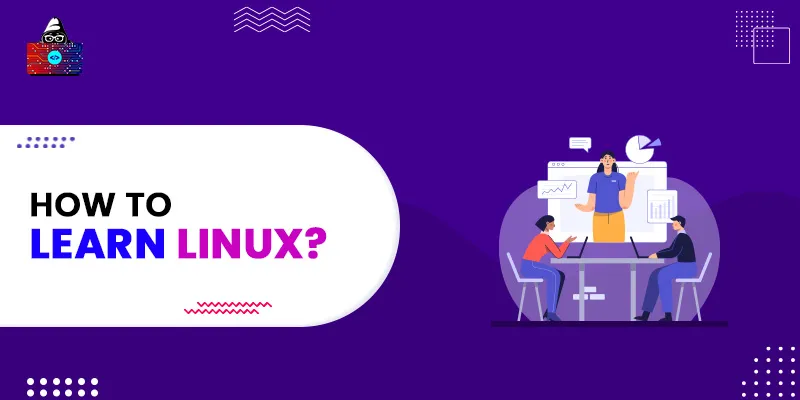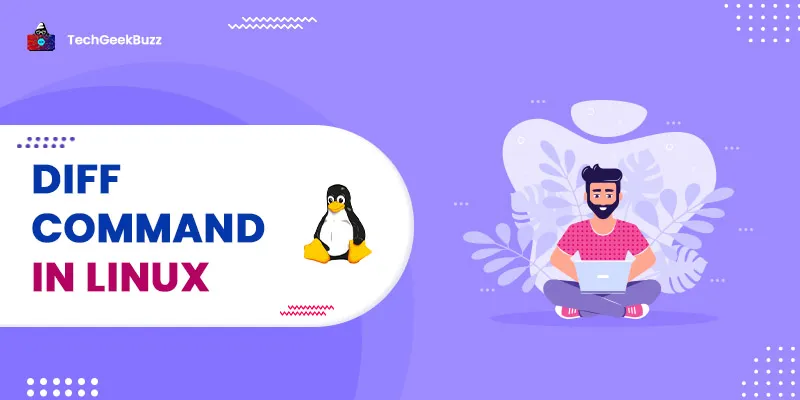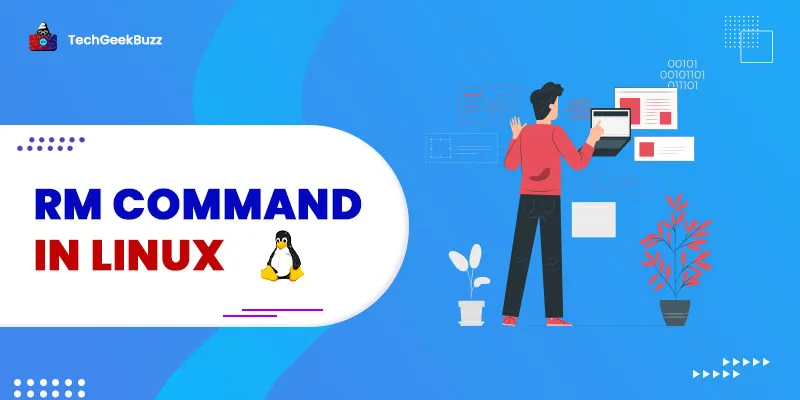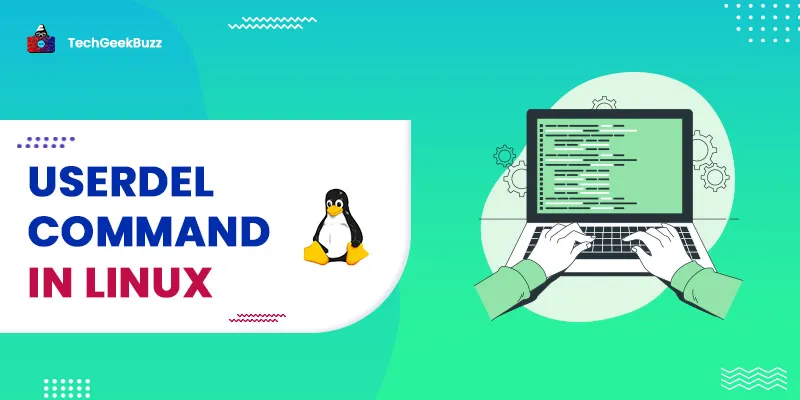In 1991, Linus Torvalds introduced Linux as an open-source operating system. Today, there is no limitation of its usage due to its scalability, stability, flexibility, and robust nature. Several devices like smartphones, smart heaters, smart TVs, and even some supercomputers are powered by Linux. This article will help you to develop a basic understanding of Linux, the reasons behind its ever-growing popularity, and the best online sources to learn and master Linux. So, let’s not waste any more time and get started.
What is the Linux Operating System?
Linux is a kernel that acts as the base for various operating systems like Ubuntu, Arch Linux, and Debian. It is available as an open-source operating system, which means that anyone can access its source code. Also, this allows users to contribute to the community by adding new features to the Linux kernel . Linux was introduced as an updated version of the UNIX OS. Later, Linux came up as an operating system with all the required features. Many programs have been developed since then for the improvement of Linux, and now you can see where it stands.
Reasons to Learn Linux
Below are some of the key reasons that make Linux the most popularly used and adopted operating system in every field:
-
Server compatibility
When it comes to servers, Linux is the prior choice over any other operating system. Also, if you want to pursue a career in server administration, then Linux becomes the ideal choice to understand and operate the servers better.
-
High stability than other operating systems
Linux is commonly preferred by many developers to create complex applications. With Linux, users will not face frequent crashes and the speed of the system will not deteriorate with time. Also, Linux ensures a better uptime than the Windows OS, as for any patches the Linux server does not need a reboot.
-
Highly Secured
Security is one of the major plus points for Linux. It is being watched by hundreds of developers regularly for any issues. Also, a strong and active community is responsible for maintaining Linux.
-
High flexibility
You can create custom Linux distributions by adding packages and making relevant changes in the source code. There are already several Linux distributions that are being used by various companies for handling their small-scale to large-scale applications.
Time Required to Learn Linux
Learning is a continuous process that requires complete focus and updated knowledge. Learning Linux may vary from person to person and on many other factors like time, effort, and practice. If you are already using the Linux operating system, then you can go through the basics in a few days. However, if you want to learn Linux right from the start, then the time will get expanded to two to three weeks. It is important to set a goal like what you like to learn and the level at which you want to explore Linux concepts. Also, make sure you use the Linux OS before you start learning it. For advanced learning, you can expect a time of at least six months. You need to keep practising until you achieve expertise in Linux.
What to Cover While Learning Linux?
You can start learning Linux at any point in your career. It is one of the commonly used OS and is in great demand. You can start learning the basic concepts of Linux to increase your skill-set and get better career opportunities. Here are some important topics that you must pay attention to while learning Linux:
Linux Fundamentals
Before you jump to learn the advanced usage of Linux, you need to make sure that you are clear with the basics of Linux. Developing a sound understanding of the fundamentals will make it easier for you to grasp the advanced Linux concepts.
Linux Structure
You need to understand the Linux structure to make yourself comfortable with the fundamentals like how Linux OS works, what components are there, and how they fit together. Here are some topics that you can cover to understand the Linux operating system structure:
- Role of the bootloader, kernel, graphical server, and various desktop environments.
- Role of an operating system.
- Extra features Linux possesses compared to other major operating systems.
- Definition and need of Linux distributions.
File System
Linux’s file system is a tree-like structure and it is essential to learn the structure properly. You need to get familiar with terminal commands that allow you to interact with the files and directories of your Linux system. Apart from the command line, you can also use the graphical user interface to navigate within the file system. Below are some main terminal commands used to interact with the Linux file system:
- ls (listing files)
- pwd (get the current directory path)
- cd (changing directory)
- mkdir (creating directory)
- touch (creating file)
- nano (updating file)
Environment Configuration
After launching Linux, all the preferences will be loaded with the new session. You should learn how you can customize the session as per your requirement. Below are some topics that you should learn to configure the development environment effectively:
- Bash profiles
- Aliases
- Launching new sessions
- HOME and PATH variables
- Environmental variables
- Source
Linux Input and Output
Once you start learning the command line, you should also understand how you can redirect the inputs and outputs to various files and other parts of the operating system. Below are some topics that you can focus on while learning Linux inputs and outputs:
- stdin, stdout, stderr
- > and >>
- < and |
- sort
- uniq
- grep
- sed
Shell Scripting
Linux allows you to automate various tasks by creating scripts using bash or shell. You can run batch commands into a single file to carry out any specific task. Below are some topics that need your attention when it comes to bash scripting:
- Creating a Bash file for any task
- Creating and defining variables
- Defining and running loops and conditionals
- Accepting various user inputs
Linux Users and Permissions
You can find various settings regarding user permissions to a specific file or directory on the file system. It ensures that your files are secured from unauthorized access. You can cover the following topics related to user access and permission:
- What is a user?
- How to create a user?
- What is a group?
- How to create and update a group?
- Read, write, and execute file permissions.
Best Online Resources for Learning Linux
A wide variety of resources are available online to learn Linux. However, the resource or guide you choose for learning is important. Also, it can be difficult to choose resources that can prove effective for you to learn Linux. However, to make things easier for you, we have listed some of the best online resources, including professional courses, that you can consider for learning Linux. While some courses are paid for, many others are available for free. Now, let’s check the best Linux resources available out there.
Online Linux Courses
This course is available at a cost of $60.00 and is well-suited for beginners. With this online course, you can leverage its 11 hours of study material and 14 downloadable resources covering almost every necessary aspect of the Linux platform. This course will help you in covering and understanding the basics concepts of the command line. By the end of this course, you will have better command-line skills that are necessary for operating a Linux computer from the command line.
This course is available free of cost and is well-suited for beginners. It ensures that you develop a basic understanding of Linux. This course will help you learn about the common Linux applications and the architecture of key Linux distributions. Also, you will get familiar with the usage of the command line to operate Linux.
This course is available at a cost of $60.00 and is suitable for beginners. This course provides you an introduction to Linux and covers almost all the Linux fundamentals. It offers you a total of 68 downloadable resources to ensure better learning.
Online Linux Books
This online book is specially written for users having no experience of working with Linux. With this book, you will get detailed information and steps to learn Linux fundamentals effectively.
This book helps you to understand the working of the Linux operating system. It highlights the Linux architecture and shell scripting.
This online book helps you in learning the Linux commands. This book is well suited for individuals who are eagerly looking to get basic as well as advanced knowledge of Linux OS.
Online Linux Resources
This guide will help you in understanding various Linux concepts and get familiar with shell scripts. You will get to know how you can work productively with the Linux operating system, play with Linux inputs and outputs, manage user permissions, and more.
Getting Started with Linux and Ubuntu by MakeUseOf
This guide helps you to get along with the fundamentals of Linux. It is specially written for users who want to run and learn Linux on their personal systems. With this guide, you will get to learn and understand various Linux distributions, their benefits, and factors affecting the choice for distribution.
Best Linux Certifications
There are various Linux certifications available that you can go for. If you are certified in any of the fields of Linux then you will definitely find a better career opportunity. Linux developers are in great demand in companies for shell scripting, managing OS, and developing large applications. Having a certification will keep you ahead of other users as it will showcase your skills and proficiency in the Linux environment. Also, you can easily apply for several career opportunities, such as:
- Systems Administrator/ System Engineer
- Software Programmer
- Linux Administrator/ Linux Engineer
- DevOps Engineer
- Network Engineer
Below are some of the top-rated Linux certifications :
- GCUX – GIAC Certified Unix Security Administrator
- Linux+ CompTIA
- LPI (Linux Professional Institute)
- LFCS (Linux Foundation Certified System Administrator)
- LFCE (Linux Foundation Certified Engineer)
-
Oracle Linux Administration Certification Paths
- Oracle Certified Associate (OCA) | Oracle Linux 5 and 6 System Administrator
- Red Hat Level
Conclusion
Whether you are a newcomer or an experienced IT professional, learning concepts of the Linux platform will enhance your skillset. Also, having in-depth Linux knowledge will open various job opportunities for you. Today, you can find the use of Linux in different fields like security, game development, web development, and even in various devices, including smartphones and smart TVs. This article will help you to learn Linux effectively. If you are a newcomer then you might not have any idea from where you can start. However, by following the steps and resources mentioned in this guide, you will be able to learn Linux easily.
People are also reading:





Leave a Comment on this Post